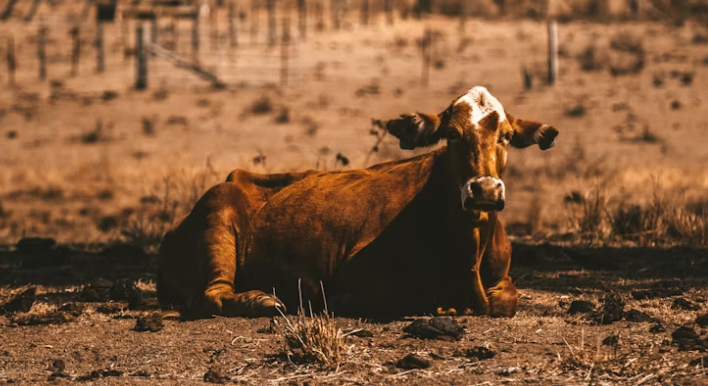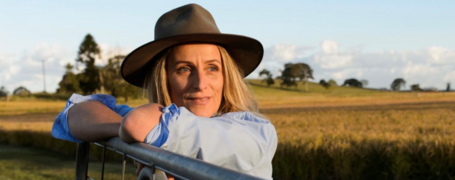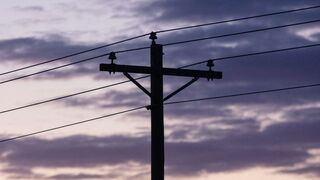Moo-ving on with methane management
Kristin Murdock
10 June 2025, 8:14 PM
 Professor Frank Mitloehner told the Cattle and Climate forum that while livestock do have an impact on our climate, the contribution of animal agriculture is often exaggerated at the expense of farmers and viable solutions.
Professor Frank Mitloehner told the Cattle and Climate forum that while livestock do have an impact on our climate, the contribution of animal agriculture is often exaggerated at the expense of farmers and viable solutions.The Dubbo Regional Livestock Markets is a powerhouse of the Australian livestock industry, selling more than 1.3 million sheep and 200,000 cattle each year, with many coming from properties from the west.
With that scale comes questions about the general sustainability and climate impact of methane, and where the responsibility falls on producers and related industries.
Across New South Wales, agriculture is calculated to be responsible for around 14 per cent of the state’s greenhouse gas emissions.
Of that, methane from livestock accounts for more than 80 per cent.
This has led to several innovative ways to measure and mitigate methane, including using eGrazor collars and a methane dashboard, in an upcoming trial by the NSW Government.
But there's a new angle that might tip the methane debate on its head.
What is methane, and why should we care?
Methane is produced by the digestive systems of ruminant animals like cattle and sheep.
It’s a potent greenhouse gas, about 30 times more powerful than carbon dioxide in terms of warming potential.
But unlike CO₂, methane is short-lived.
It stays in the atmosphere for about a decade before it breaks down into water and carbon dioxide, which plants then absorb in the natural process of photosynthesis.
This cycle - known as the biogenic carbon cycle - is what researchers and graziers are calling key to a more balanced conversation about livestock and climate.
Cattle get a lot of blame when it comes to methane, but a leading scientist has said we may be looking at the problem the wrong way.
Speaking at the recent Cattle and Climate forum hosted by Cattle Australia, Professor Frank Mitloehner of UC Davis said livestock can actually be part of the climate solution, especially in regions like
western NSW where producers manage vast areas of land.
“Methane warms our climate differently than CO₂, which sticks around for hundreds of years,” he said.

Are cattle really the bad guys when it comes to methane emissions?
“That also means we have a unique opportunity: if we reduce methane, we can cool the climate faster.”
And it’s already happening.
In California, the dairy industry is well on its way to cutting methane emissions by 40 per cent by 2030, thanks to a combination of feed additives, improved genetics, and manure management systems
that capture methane and convert it to energy.
Professor Mitloehner says the key was working with farmers, not against them.
Back home, Cattle Australia CEO Dr Chris Parker is calling for a similar approach.
“Australian cattle producers manage 50 per cent of Australia’s land mass and as a result, the beef industry offers a massive opportunity to sequester Australia’s carbon emissions and improve our natural capital, but policy settings need to change to provide producers with both the tools and economic incentives to achieve this,” he said.
Dr Parker is urging the government to reinstate the “Beef Herd Method” which is a policy that rewards producers for grazing more efficiently and improving herd performance, and to recognise the biogenic carbon cycle in national carbon accounting.
“Let’s stop blaming burping cows and instead back our producers, who are already doing the hard work of caring for country,” he said.



